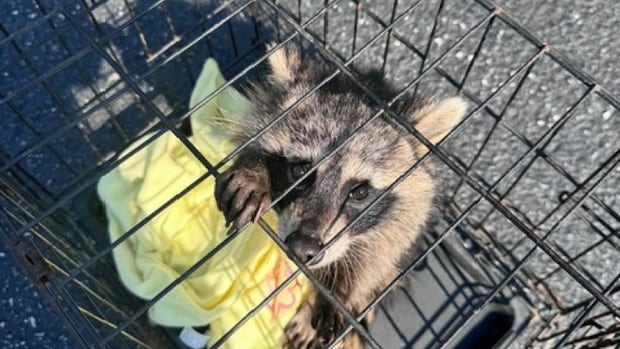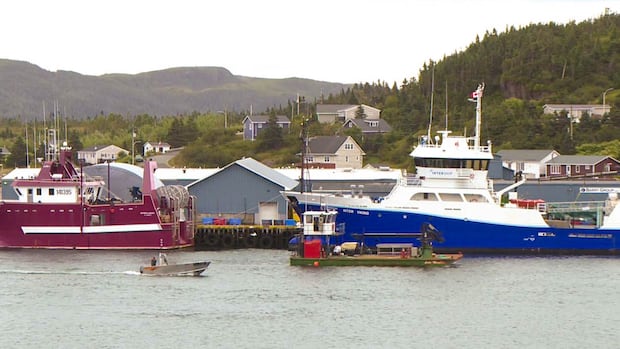A crucial archaeological site in Saskatchewan has become a target for illegal scavenging.
Âsowanânihk, which means “a place to cross” in Cree, is located near Prince Albert and is estimated to be around 11,000 years old. It holds a wealth of evidence of Indigenous settlements that likely existed there.
A local ambassador for the site says national news coverage and general popularity has led to an increase in damage from human interference to the site, including the illegal practice of pot hunting.
“There’s been potters, or people actually digging into the site unauthorized,” said Dave Rondeau, local historian and the Crutwell consultation co-ordinator for Métis Local 66. “Without any respect for what this site is in and of itself.”
The importance of the site
The Âsowanânihk site was likely used as a long-term settlement by Indigenous people, according to archaeologists.
“You know, this is a window for us, an opportunity and a window for us to peer back thousands of years and write the story right from the onset of habitation for our territory,” Rondeau said.
Glenn Stewart, an associate professor in the department of anthropology at the University of Saskatchewan, describes the site as “one of the oldest in Saskatchewan, especially further north.”
“Preserving it for future generations is not only something we want to do as archaeologists, but it’s also a fundamental importance to Sturgeon Lake First Nation and other Indigenous groups in the area,” Stewart said.
As the site gets more attention, Rondeau said people should be helping to preserve it, not damaging it in search of relics.
“As it becomes better known, there is always the risk that you might have more unscrupulous individuals going out and pot hunting.”
Pot hunting involves illegally digging up artifacts to keep or sell, often without any understanding of the archaeological value they hold. Rondeau said he’s seen evidence of it at the site — shovel markings and damage along the riverbank.
“You can corrupt the study,” Rondeau said. “What good is removing these, you know, lithic material or points or rock or bones if it’s just going to go into a box underneath your bed?”
Archaeologists like Stewart are trained to carefully excavate and record findings so that the relationship between the artifacts can be understood in the larger context of the site.
“Archaeology in itself is a destructive process,” Stewart said. “We spend a lot of time training our students on how to properly excavate a site so that all of that information remains intact.”
A plan for preservation
A University of Saskatchewan team is working on a preservation plan for the site. Using small cores extracted from the area, the team will try to get a definitive answer on how far the site extends.
“We want to be able to bring in youth, especially Indigenous youth, so they can learn about their own history,” Stewart said. “The Canadian government has done a very good job of erasing that history, so we want to give back now.”
These tests will also help determine how to preserve the site for future generations.

Rondeau said that while archaeological research is essential, it is just as important that the local communities, especially Indigenous people, are involved in the conversation.
“Whatever we do in terms of research will be governed by what Sturgeon Lake and other Indigenous groups want to see happen at the site,” Stewart said.
By working together, archaeologists and Indigenous communities hope to preserve a connection with the ancestors and the ancient history of the land.
“Everybody owns this site. We are all treaty people, but we need some level of, for lack of a better term, stewardship or the ability to enforce, to stop the contamination of and the destruction of this site,” Rondeau said.






